An excellent method of preserving olive trees is to grow them in pots. Olive trees can be planted in containers and fit in the most miniature garden or balconies.
Perhaps the most significant benefit of pot planting is the freedom to place your plant anywhere it will thrive, regardless of soil quality. The benefit of portability is that you can take it with you.
It’s a good idea to have olive trees around as specimens. Numerous types are grown primarily for decorative purposes and never bear fruit, while some are grown mainly to produce olives.
Olives are exquisite and will give your yard a unique feel. At Plant Judo, you will find a wide variety of plant pots appropriate for growing Olive trees.
Connect with us to learn how to cultivate an olive tree in a pot and more about caring for potted olive trees.

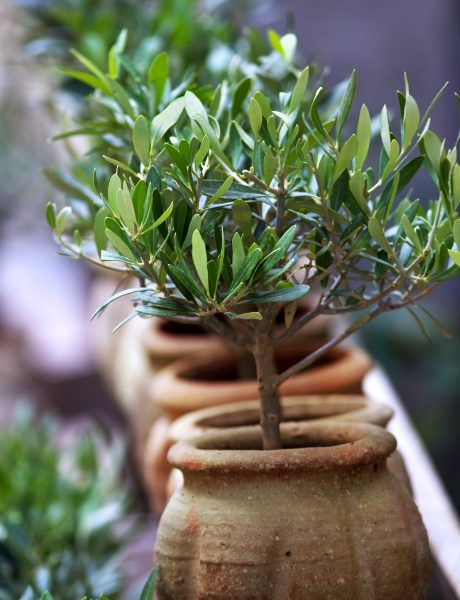
When growing olive trees in pots, positioning is crucial. In your garden, an olive tree needs to be planted in a sunny spot. A little bit of shadow is okay, but too much will cause your tree to deteriorate.
Similar to that, it can survive a windy location but won’t grow in one with continual north or easterly breezes.
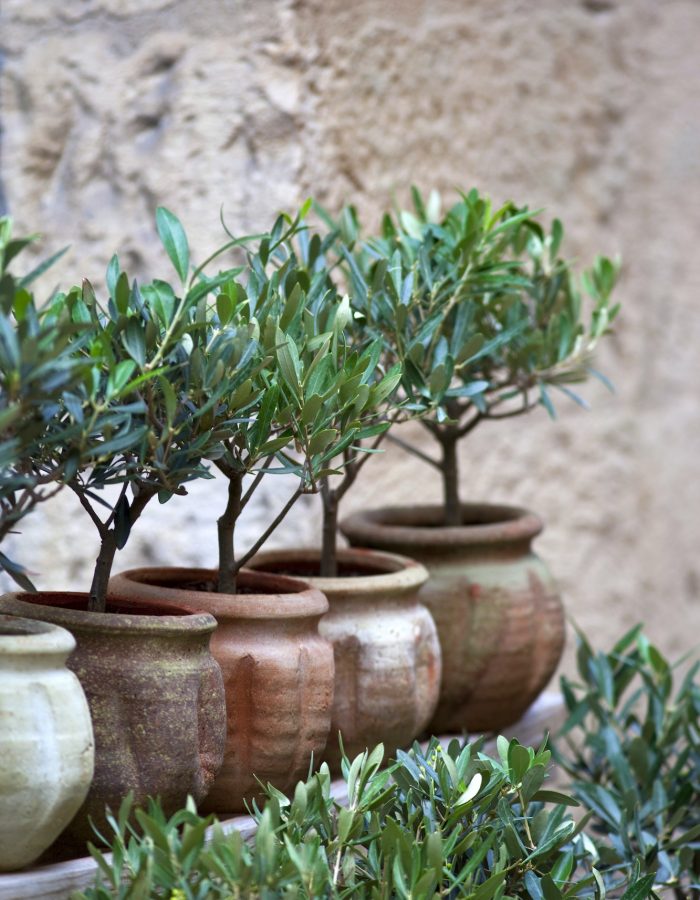
Your olive tree needs fresh air and sunlight to thrive because olives aren’t generally an indoor plant. As a result, positioning it in an open area instead of a corner will benefit it the most. Place your plant as close to an open window as possible so it may also get some fresh air.
You can give it an airing outside once every few months to keep it extremely happy. To get rid of bugs, thoroughly wash it down, especially the undersides of the leaves.
Being a Mediterranean plant, you should plant it in the area of your garden that receives the most incredible light and protection, with no more than a little bit of shade. Place it as far away from the regular north or east winds as possible. A sunny wall nearby would be nice.
We have the perfect plant pots that are durable and specifically made to bear the outdoor climate. Visit Plant Judo to get your perfect plant pot for your tree.
Choosing the appropriate size is crucial when choosing a pot for your olive tree. The olive tree’s size can impact how it develops; as it becomes more extensive, you might need to transfer it to a larger pot.
Making sure the container is at least 25% bigger than the tree’s root ball is necessary. Even if you start with the appropriate size, it will expand. Once a year, you must assess the tree’s size and, if necessary, replace the pot.
A younger than three-year-old olive tree will typically be planted in a pot with a diameter of between 6 and 10 inches. A size between 12 and 15 inches is typically the following size up. Additionally, you must ensure the pot drains since excessive moisture might destroy the roots.
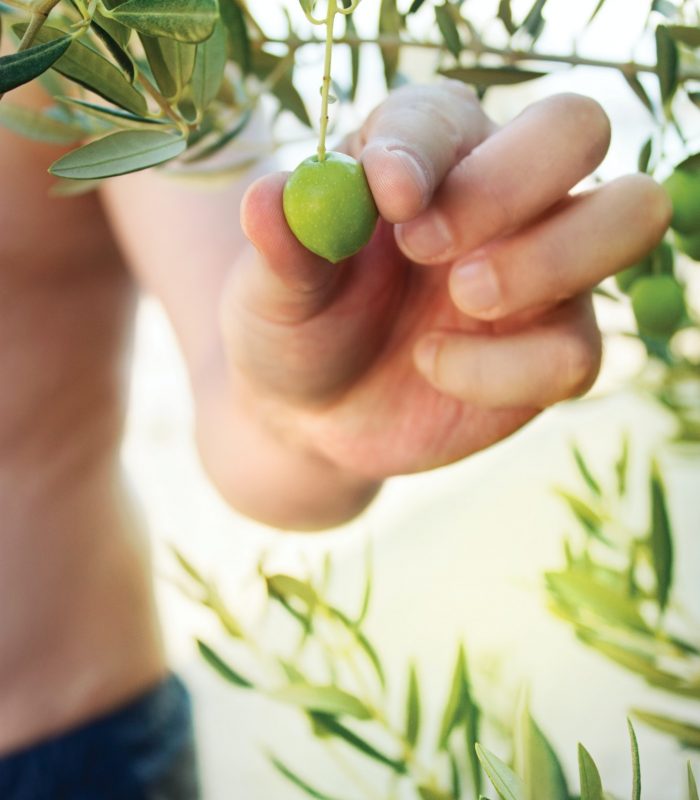
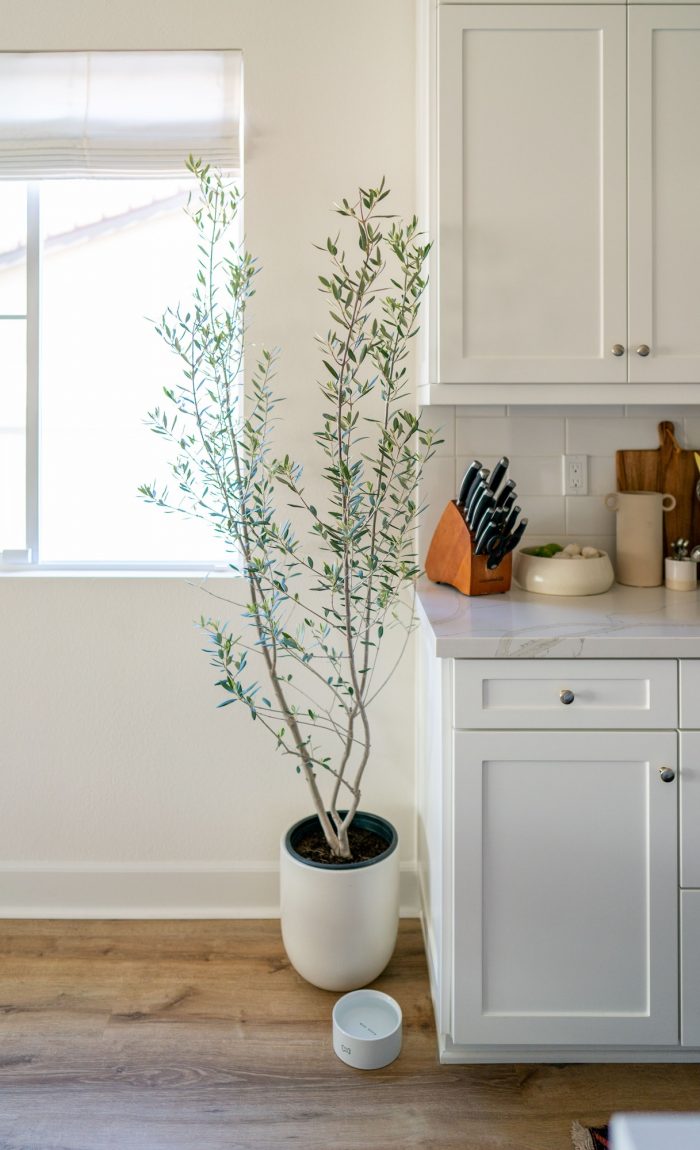
When choosing a pot for your olive tree, you can choose from our different options. It is a crucial step since several things might affect your olive tree’s growth. Ceramic, clay, wood, and plastic pots are available at Plant Judo.
However, our large clay pots work best for olive plants. Some of the options you select are as follows:
Terracotta or wood are better options when growing olive trees in pots or other containers. It is because they are more “breathable” choices that will aid in drainage and insulation. But the advantage of a high-quality plastic pot is that it is lighter and less likely to shatter.
Olive trees do not have firm roots, as do the majority of houseplants. Before planting, it’s a brilliant idea to use bubble insulation to insulate the pot’s inside. Additionally, raising the pot on its “feet” will allow water to drain quickly.
Olive trees give landscapes a relaxed vibe, which is why they are growing in popularity. As a result, they are sold in many garden centres, DIY stores, and online plant stores. However, the level of quality can differ significantly between sources.
If you want to learn more about gardening, visit Plant Judo.
Contact us today!

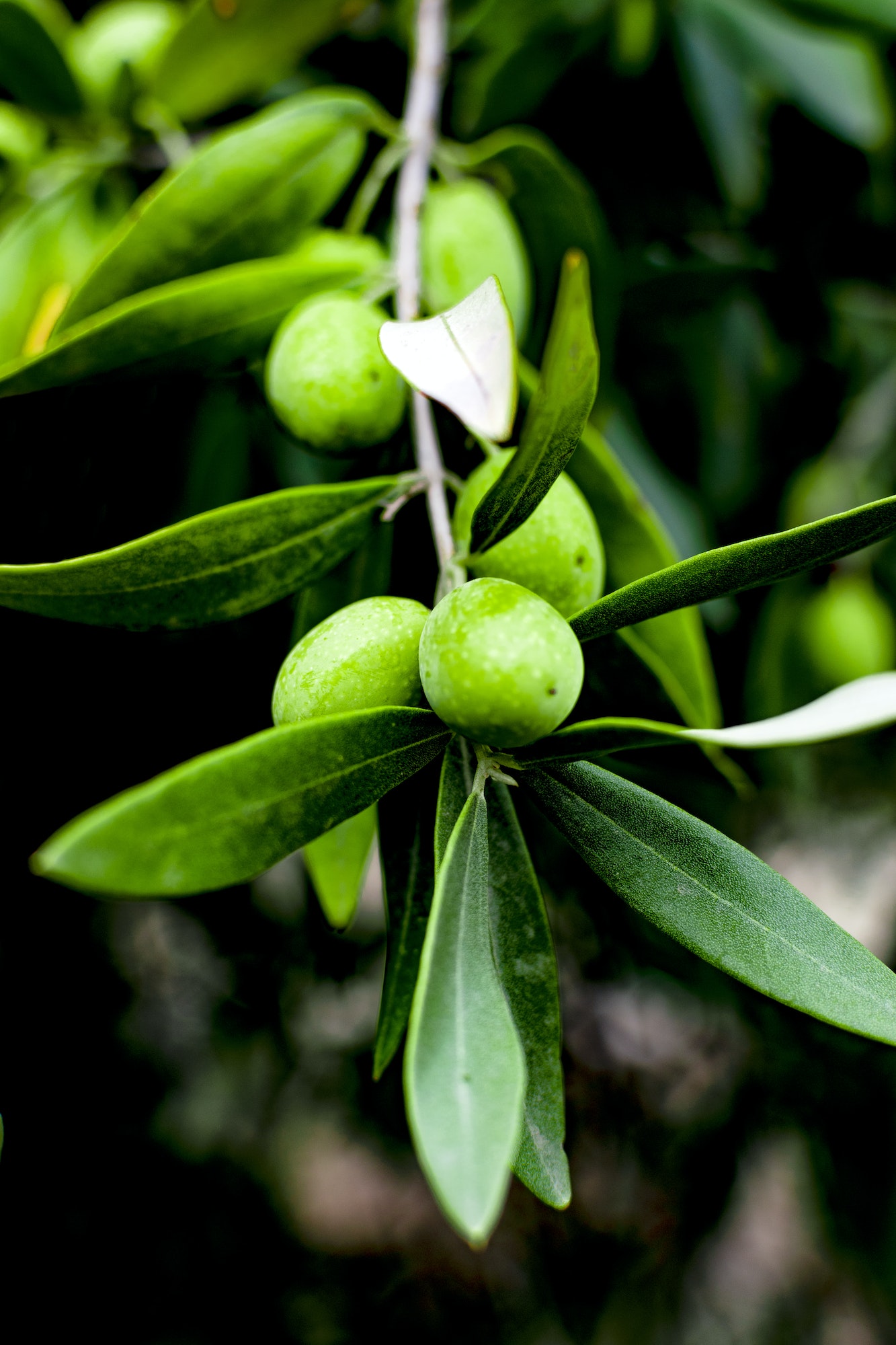
You can keep your olive tree either inside or outside. Make sure it is shielded from wind and freezing temperatures; if the weather is too harsh for the tree, you can bring it indoors. But make sure you have a drainage hole to help with aeration and watering. Olive trees require a lot of sunlight as well.
When the temperature is more relaxed, you can leave your olive tree outside, but if it is cold outside, you must bring it inside. It can be kept indoors during cold seasons for winter protection and put back outside in the spring.
Additionally, you must guarantee that it receives six to eight hours of direct sunlight daily.
Make sure your olive tree is the appropriate size before planting it.
It must have a large enough container to accommodate the tree’s roots. It also has to have sufficient drainage to keep the roots from decay.
To prevent the dirt from becoming compacted around the roots, you should plant it in potting soil. When the potting mix is dried to an inch below the surface, you should add water since the tree needs to be watered.
However, it’s crucial to be careful not to overwater it since if there is too much moisture, the roots could rot and develop other issues. As the olive tree grows, its roots may become constrained, so pay attention to how it fits in the container. It will restrict both the tree’s ability to grow and bear fruit.
Every year, you should inspect your olive tree to see if an enormous container is necessary. If you discover that you do, spring is the ideal time to repot the olive tree. You must confirm that winter and frost are over. When the weather is warm and sunny, the olive tree will thrive.
Place the potting mix on the bottom of your new pot. Then set the olive tree inside the fresh container. You can add potting mix to the pot until it is fully submerged in the container. After that, you should water it.

Copyright © 2024 Plant Judo. All Rights Reserved
Kemp House, 152 – 160 City Road,
London, EC1V 2NX
United Kingdom